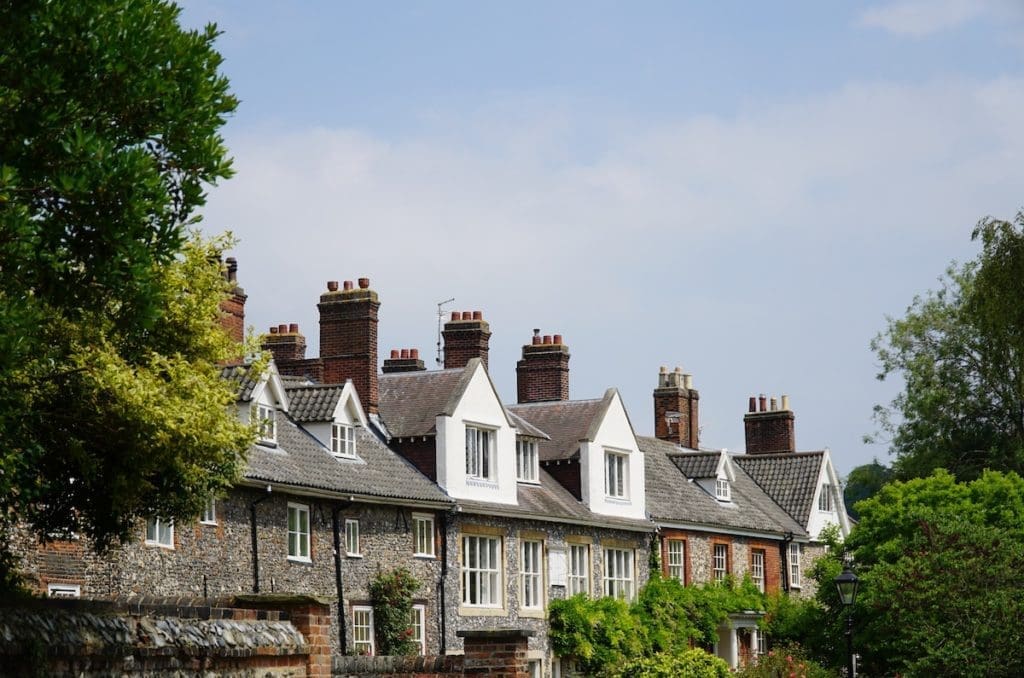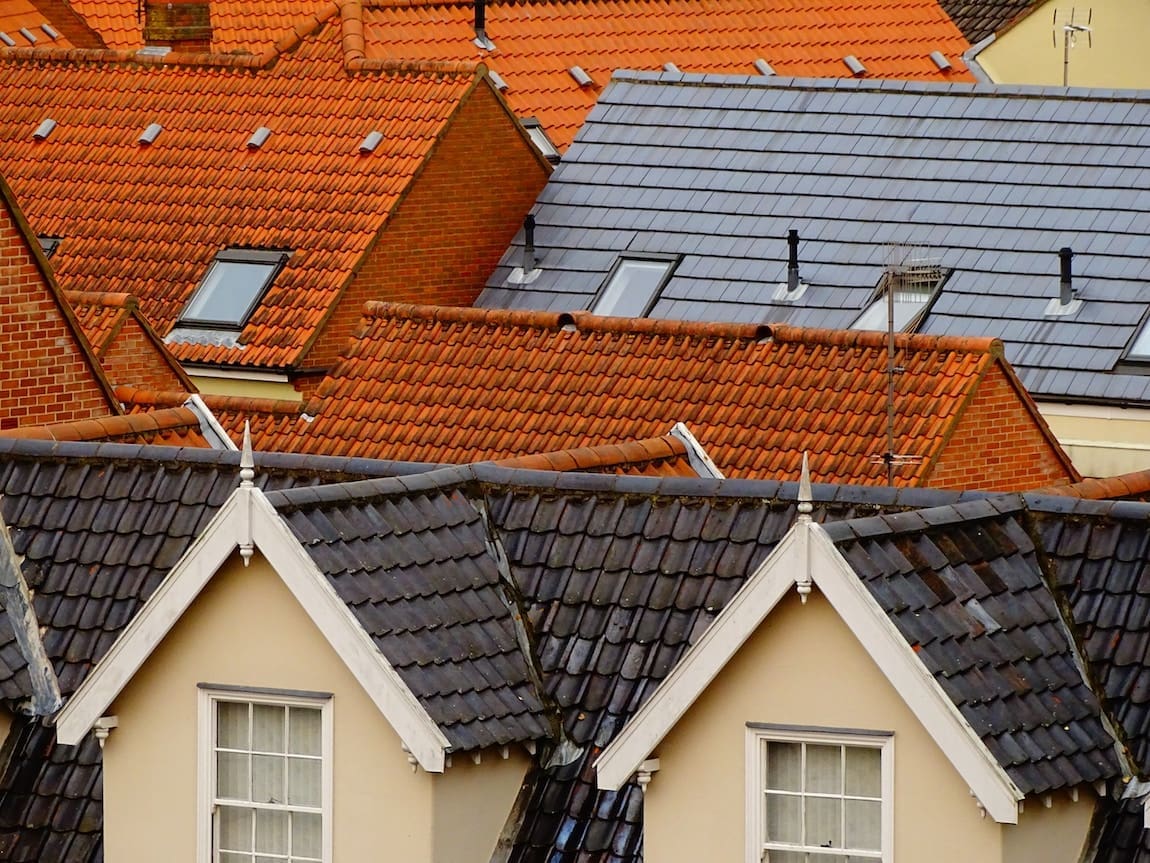
Are you thinking of moving into a new home in Norwich? In this guide, we give prospective buyers and renters information about major recent housing developments in the area, and provide an overview of what to expect living in this historic Norfolk city.
Housing Developments in Norwich
There have been a number of exciting housing developments in Norwich in recent years. One example is the Hansard Close residential development, which completed in spring 2017. The council-owned social rent development stands on Norwich City Council’s former area housing office, off Mile Cross Road in the north-west of the city. Featuring eight one-bedroom flats and two two-bedroom apartments, Hansard Close was the first residential development in Norwich delivered to the Passivhaus international energy performance standard.
Norwich’s commitment to eco-friendly homes is also demonstrated by the much larger Goldsmith Street development. Due to be fully completed this summer, Goldsmith Street is one of the largest developments of Passivhaus homes anywhere in the country, featuring 105 properties with a mix of one, two and three-bedroom flats and two and four-bedroom houses. Passivhaus standards deliver ultra-low energy housing which minimises the need for fuel heating or cooling, meaning that residents will enjoy the benefit of cheaper energy bills – up to 70% cheaper than the UK average heating costs.

While both of the developments we’ve mentioned are council-owned social rent housing, they reflect Norwich City Council’s wider commitment to the provision of affordable housing in the city. They form part of council pledges to deliver high-quality housing options to suit a range of needs, in order to “widen opportunities for home ownership and create sustainable, inclusive, and mixed communities”.
As of June 2019, the average house price in Norwich was £274,506, which represented a drop of 1.58% compared to a year previously. Real estate services provider Savills predict that house prices in the East of England will remain fairly static over the next two years, but forecast growth of around 9% over the next five years. They also observed a rise in demand for urban and city centre properties as buyers looks for easier lifestyles and a shorter commute, while rural properties can still present good value for money.
Living in Norwich
Norwich is a cathedral city with a rich history, and at the same time is vibrant and forward-looking. Long considered a centre of art, literature and publishing, in 2012 it became England’s first UNESCO City of Literature. The city boasts a number of historic medieval buildings – including the Anglican Cathedral of the Holy and Undivided Trinity – as well as independent art galleries and shopping hubs; Norwich Market is the largest open-air market in the country. For the nature lover, Norfolk’s striking countryside – most notably the Norfolk Broads – and nearby coastline will both appeal.

Although some do commute further afield, many Norwich residents work within the city or elsewhere in Norfolk, which gives the city and its environs a strong sense of local community. This community spirit is tangible in events such as the annual Norfolk and Norwich Festival. Described as “the flagship arts festival for the East of England”, the festival presents free public performances of theatre, music, literature, circus and dance.
Until recently there was no high-speed rail network link to London; however, following the government-backed “Norwich in 90” campaign it’s now possible to travel from Norwich via Ipswich to London Liverpool Street in just 90 minutes. In terms of road transport, Norwich is served by the A11 dual carriageway towards Cambridge and London.
Mortgage Advice
Contact The Mortgage Centres now to discuss your mortgage needs with a friendly and experienced mortgage adviser. We can talk about your requirements and give you impartial, expert advice about your mortgage, loan and insurance options.
- Blog



